Panda Plant Succulent – Kalanchoe Tomentosa in 4-Inch Pot – Indoor Houseplant
Original price was: $17.98.$8.98Current price is: $8.98.
The Panda Plant (Kalanchoe tomentosa) is a charming succulent with soft, furry leaves and reddish edges. Easy to care for and drought-resistant, it’s perfect for indoor environments.
Out of stock
Estimated arrival
Dec 14
Dec 19 - Dec 21
Dec 24 - Dec 28
Reasonable Price
We offer reasonable price

Support 24/7
Contact us 24 hrs a day

100% Money Back
You've 30 days to Return

Payment Secure
100% secure payment
Panda Plant Succulent – Kalanchoe Tomentosa: A Charming Indoor Companion
The Panda Plant Succulent – Kalanchoe tomentosa – is a delightful addition to any indoor space, bringing unique texture and visual appeal. Also known as Chocolate Soldier or Pussy Ears, this succulent is easily recognized by its thick, soft, and furry leaves that taper to a point and feature distinctive reddish-brown edges. Its charming appearance and low-maintenance requirements have made it a popular choice for plant enthusiasts.
As a member of the Crassulaceae family, the Panda Plant is cherished for its decorative foliage and ease of care. The fine, velvety hair covering the leaves helps the plant retain moisture, making it exceptionally drought-tolerant. While native to Madagascar, this succulent adapts remarkably well to indoor conditions, thriving best in bright, indirect light. This makes the Panda Plant an excellent option for those seeking low-maintenance houseplants that still offer significant aesthetic value.
Although indoor flowering is a rare occurrence, the Kalanchoe tomentosa, under optimal conditions, may produce fuzzy, bell-shaped flowers in spring or summer. Whether incorporated into a succulent garden or displayed as a standalone potted plant, the Panda Plant pairs beautifully with other low-maintenance plants. Its unique texture and form add an element of interest to any plant collection, making it a versatile choice for various decorative styles.
Designed for longevity, this succulent stores water efficiently within its plump leaves, reducing the frequency of watering needed. It’s crucial to avoid wetting the leaves directly during watering, as moisture can cause rotting. Instead, water from the base or directly into the potting mix to ensure the plant remains healthy. Maintaining the plant’s appearance is simple; use a soft, dry brush to gently remove any dust that accumulates on the leaves. This minimal care routine makes the Panda Plant an ideal choice for busy individuals or novice plant owners.
Whether you need a plant that thrives in heated homes with dry air or are seeking a thoughtful gift for a succulent enthusiast, the Panda Plant is an excellent choice. Order today and enhance your plant collection with this durable and charming houseplant. The Panda Plant Succulent offers several benefits, including easy care, drought tolerance, unique aesthetic appeal, versatility in decor, a petite size suitable for small spaces, contribution to better air quality, and a long-lasting lifespan with basic care.
FAQs
- Q: How often should I water my Panda Plant?
- A: Water the Panda Plant when the soil feels completely dry. Be sure to avoid getting the leaves wet to prevent rot.
- Q: Can I place my Panda Plant outside?
- A: While it thrives indoors, it can be placed outdoors in bright but indirect sunlight during warmer months. Avoid frost, as it’s not cold-hardy.
- Q: Does the Panda Plant flower indoors?
- A: Although flowering is rare indoors, you may see small, bell-shaped flowers during the growing season with optimal care.
- Q: Is the Panda Plant pet-friendly?
- A: No, this plant is toxic to pets if ingested, so it’s best to keep it out of reach from curious animals.
- Q: What type of soil should I use for repotting?
- A: Use a well-draining cactus or succulent mix for best results, and repot only when the plant outgrows its current pot.
- Q: How big will my Panda Plant get?
- A: The Panda Plant can grow up to 18 inches tall at mature size.
- Q: What kind of light does a Panda Plant need?
- A: Panda Plants thrive in bright, indirect sunlight. A spot near an east-facing window would be ideal.
- Q: My Panda Plant’s leaves are dropping. What am I doing wrong?
- A: Leaf drop can be a sign of overwatering. Allow the soil to dry out completely between waterings.
- Q: How do I clean the fuzzy leaves of my Panda Plant?
- A: Use a soft, dry brush, like a small paintbrush, to gently remove dust from the leaves.
Be the first to review “Panda Plant Succulent – Kalanchoe Tomentosa in 4-Inch Pot – Indoor Houseplant”
-
USDA Hardiness Zone
9-11 -
Soil Type
Well-draining, cactus or succulent mix -
Sunlight Exposure
Bright indirect sunlight, tolerates some direct morning light -
Expected Planting Period
Year-round indoors

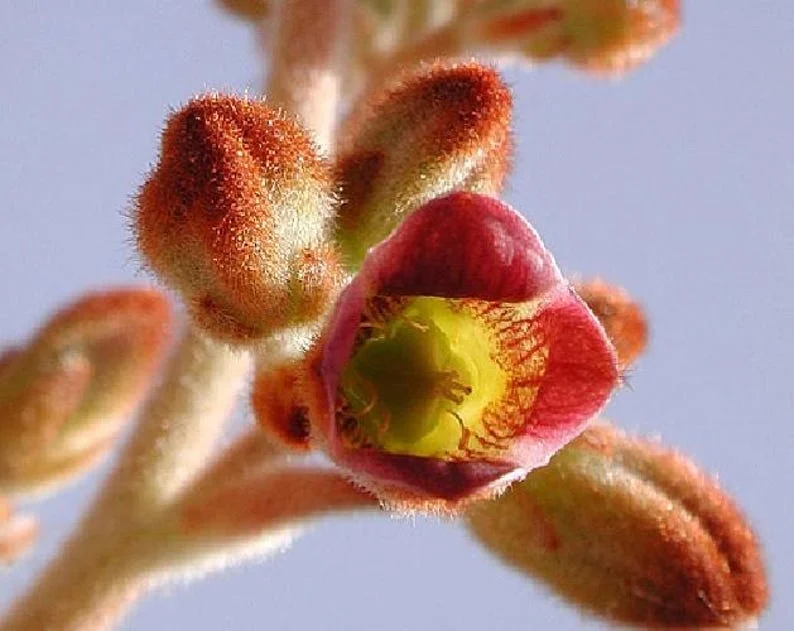
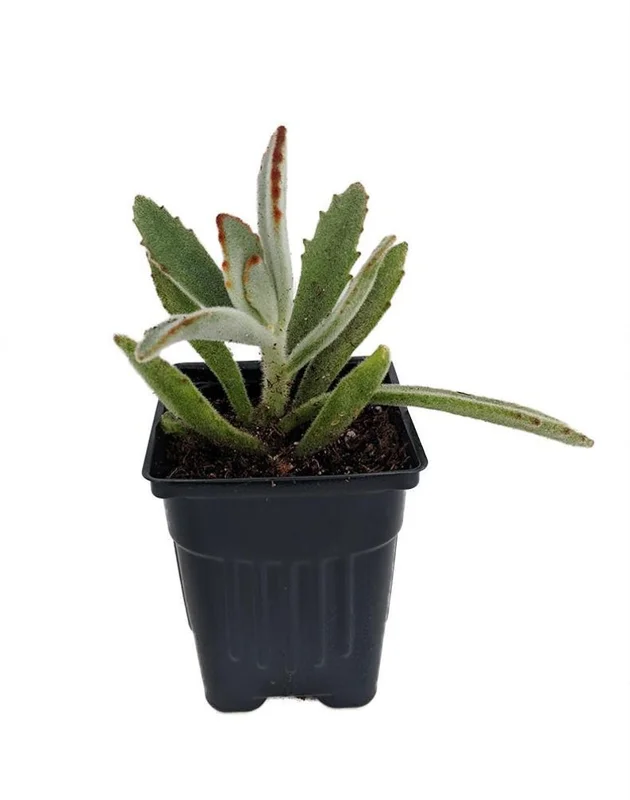
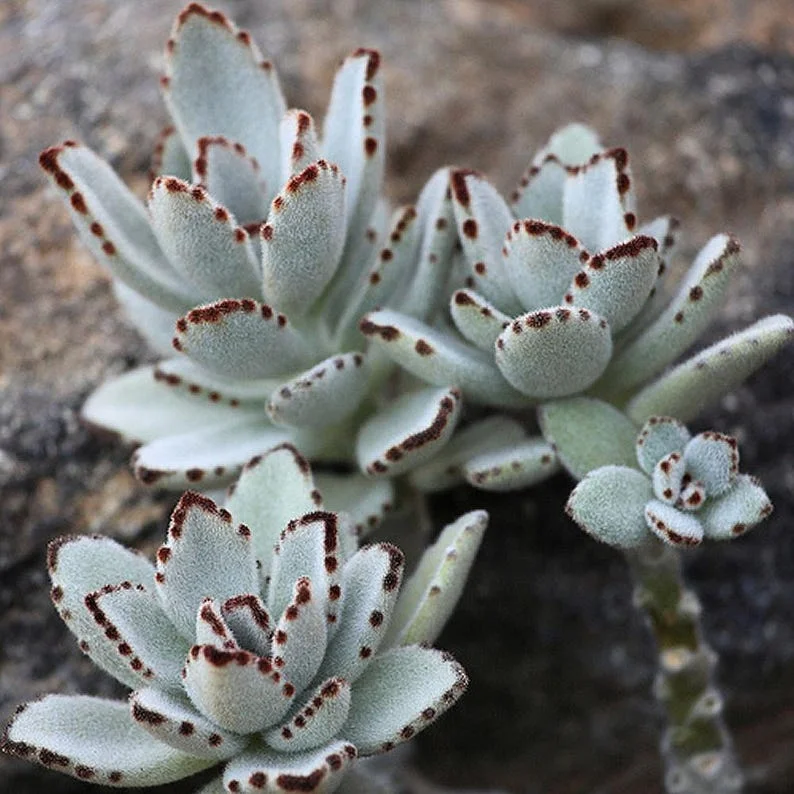
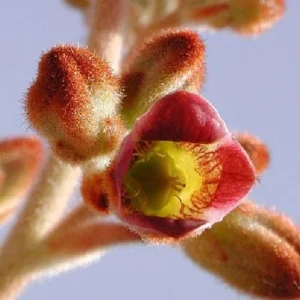



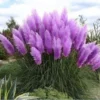


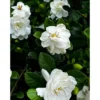
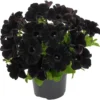
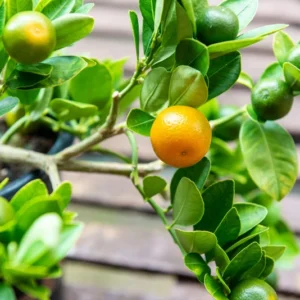
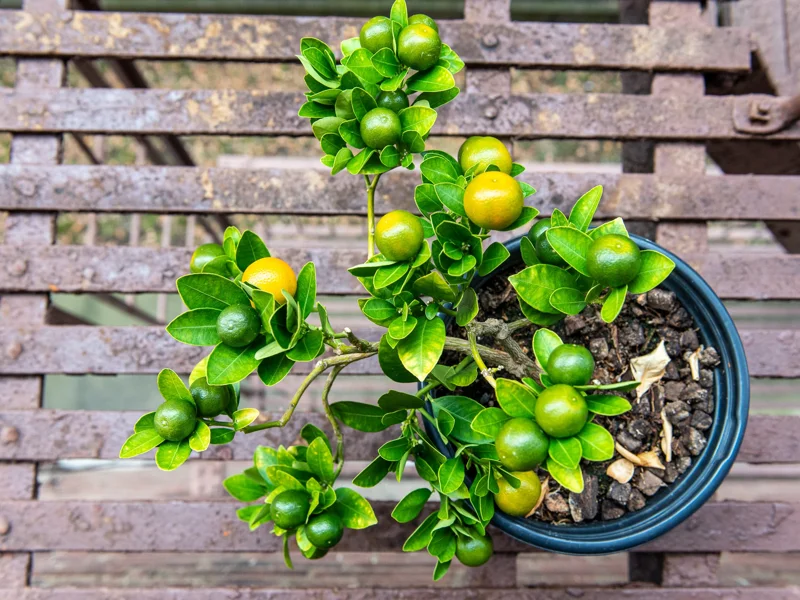
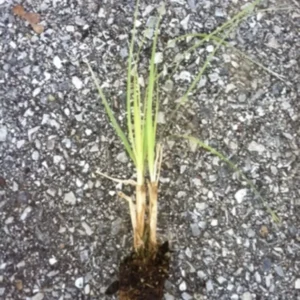
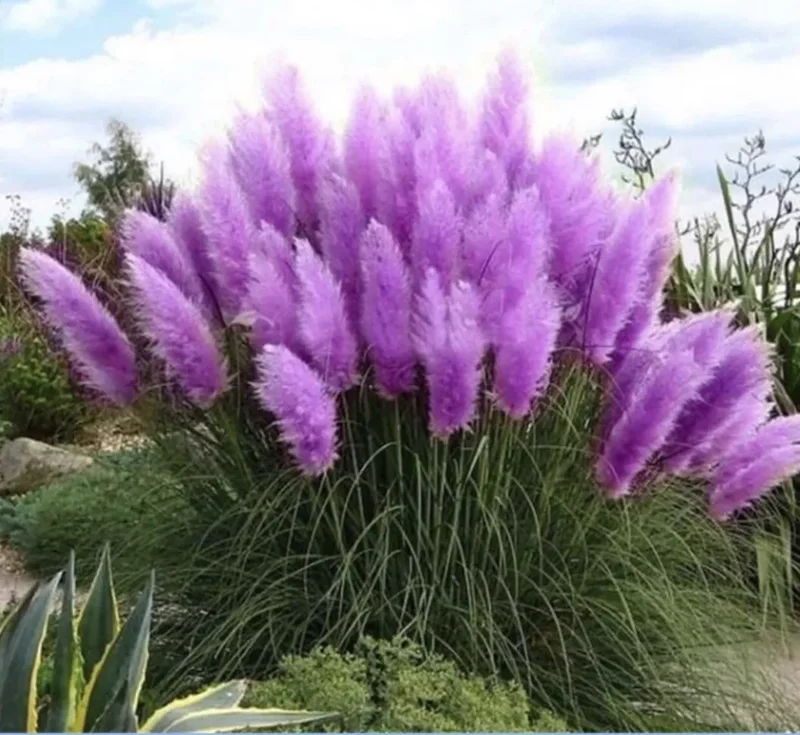
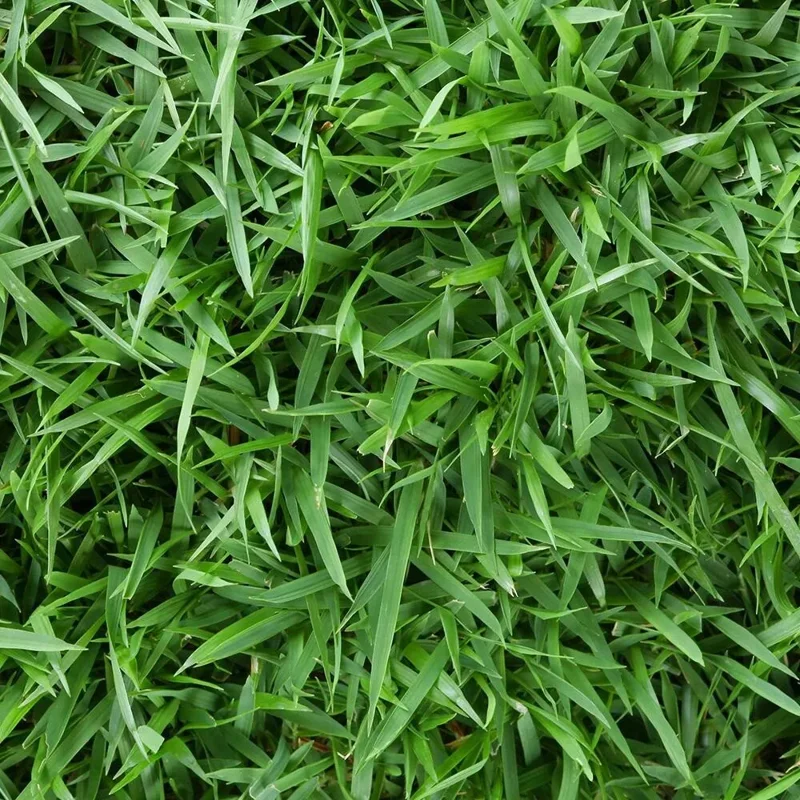



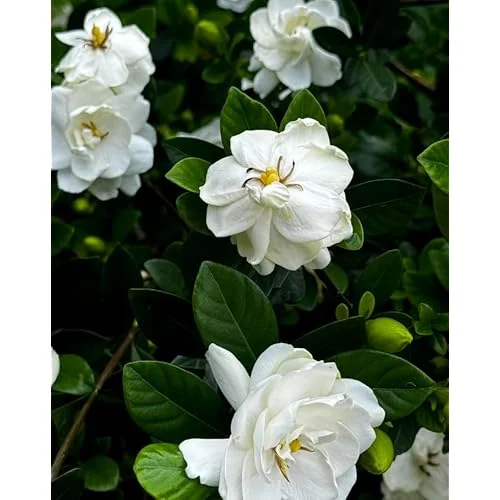
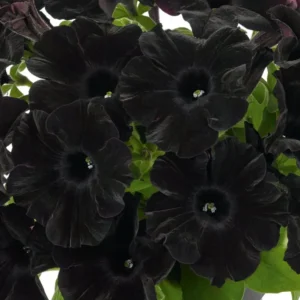
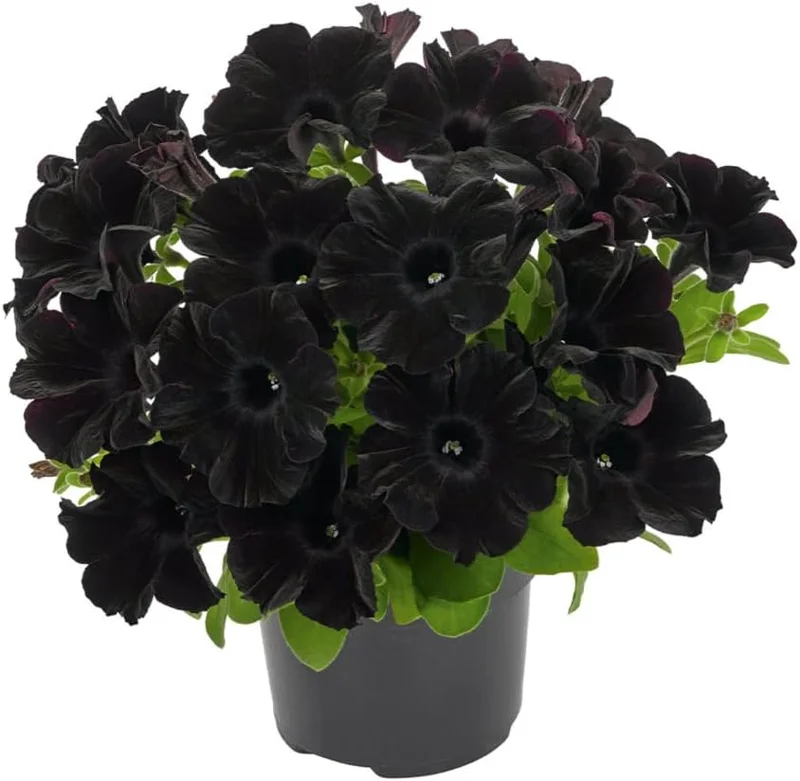
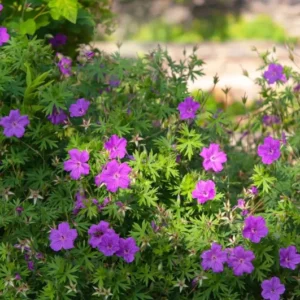
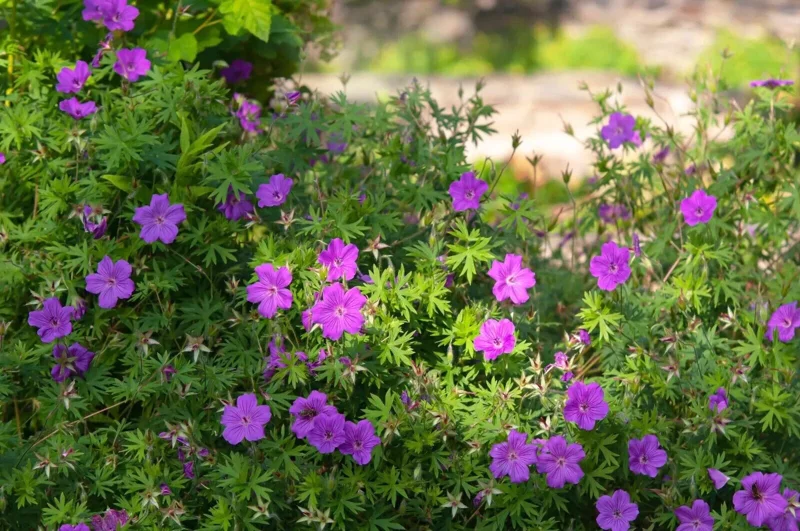
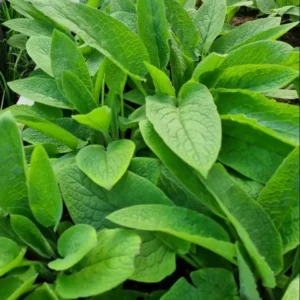
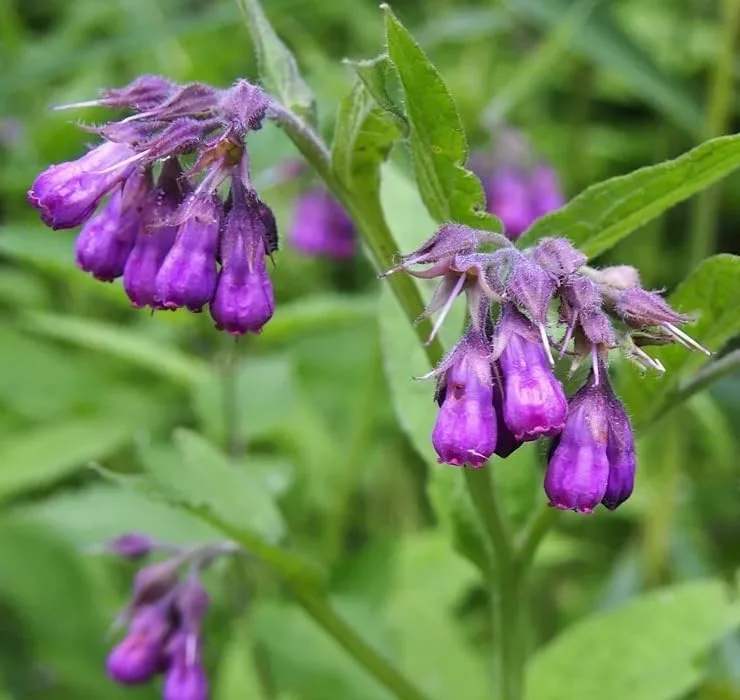
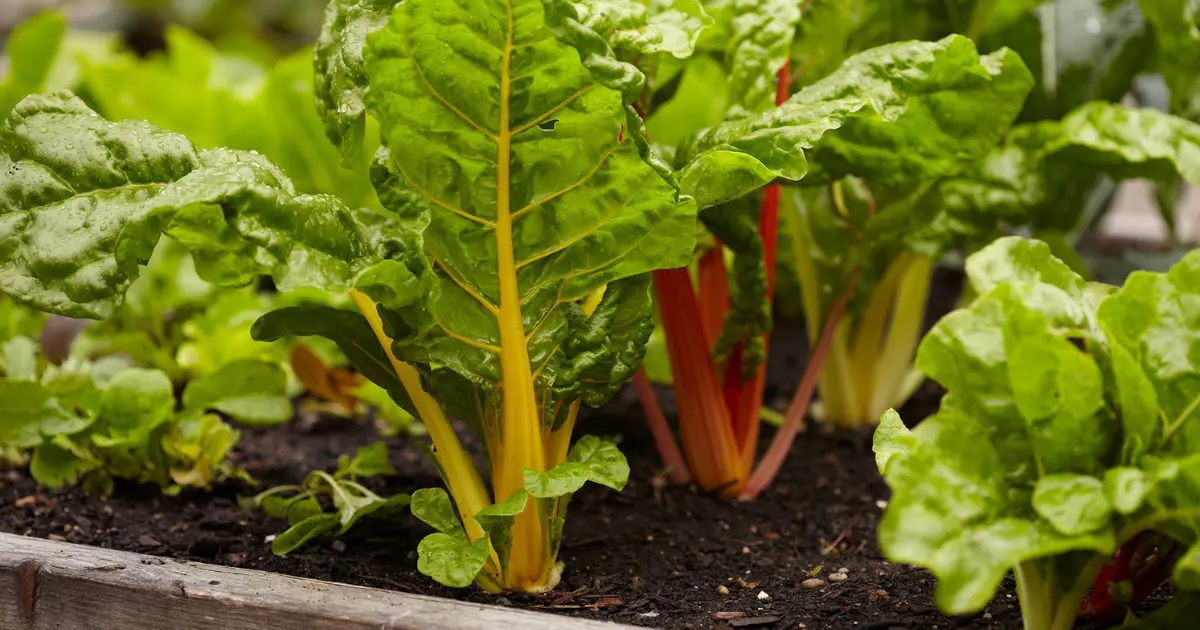
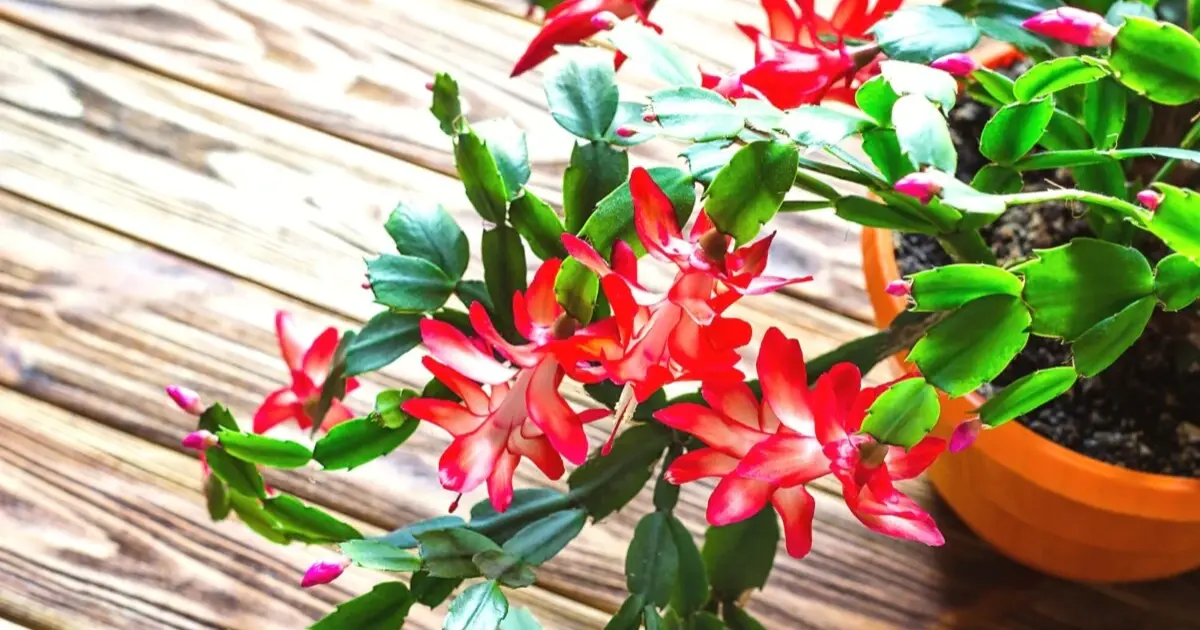
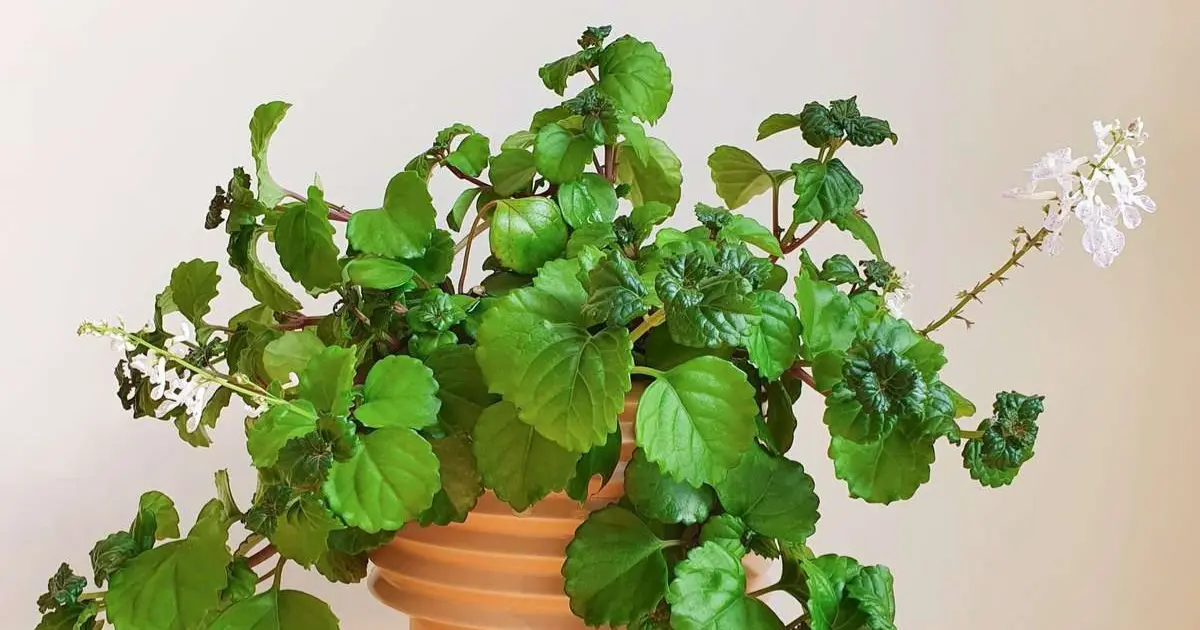
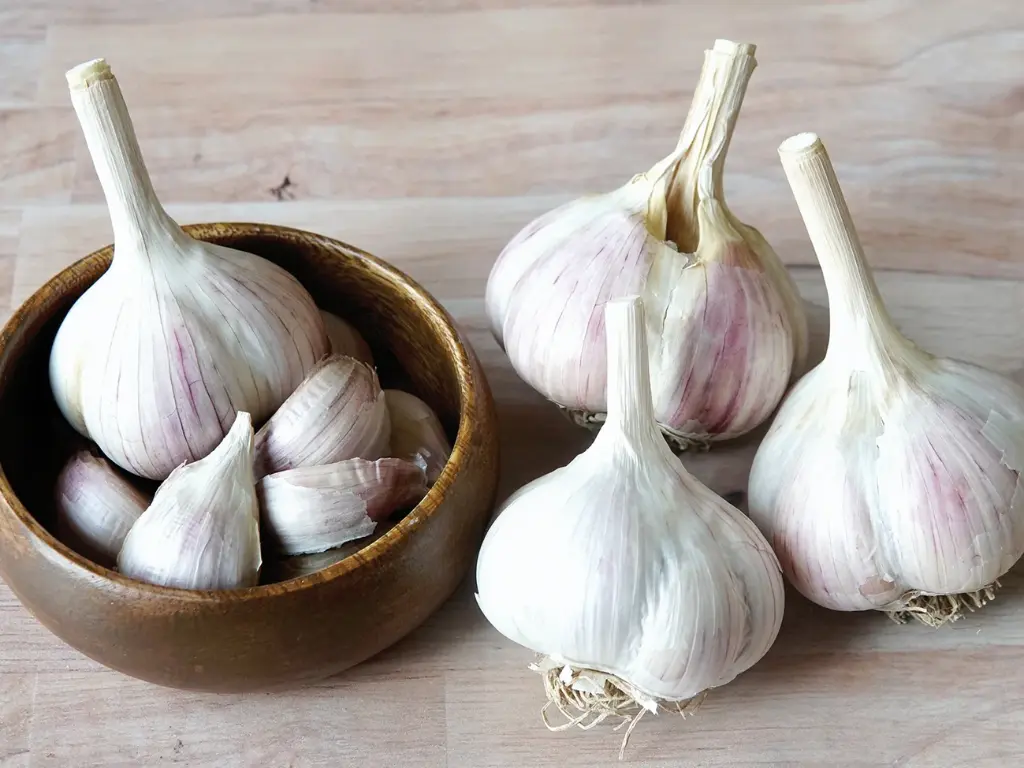
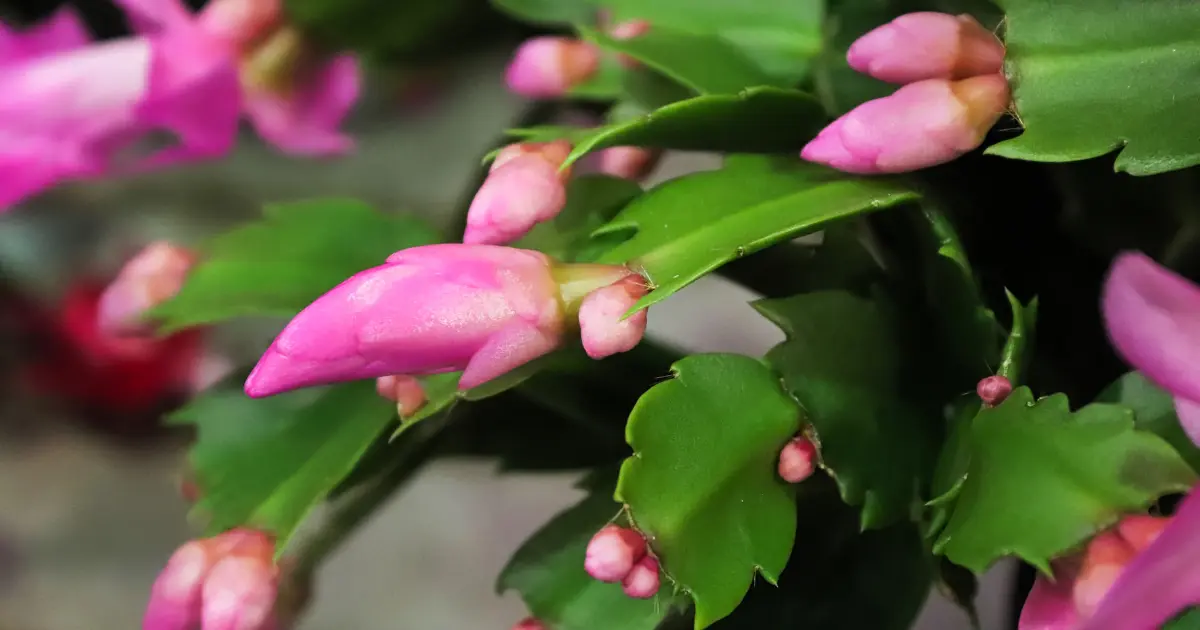

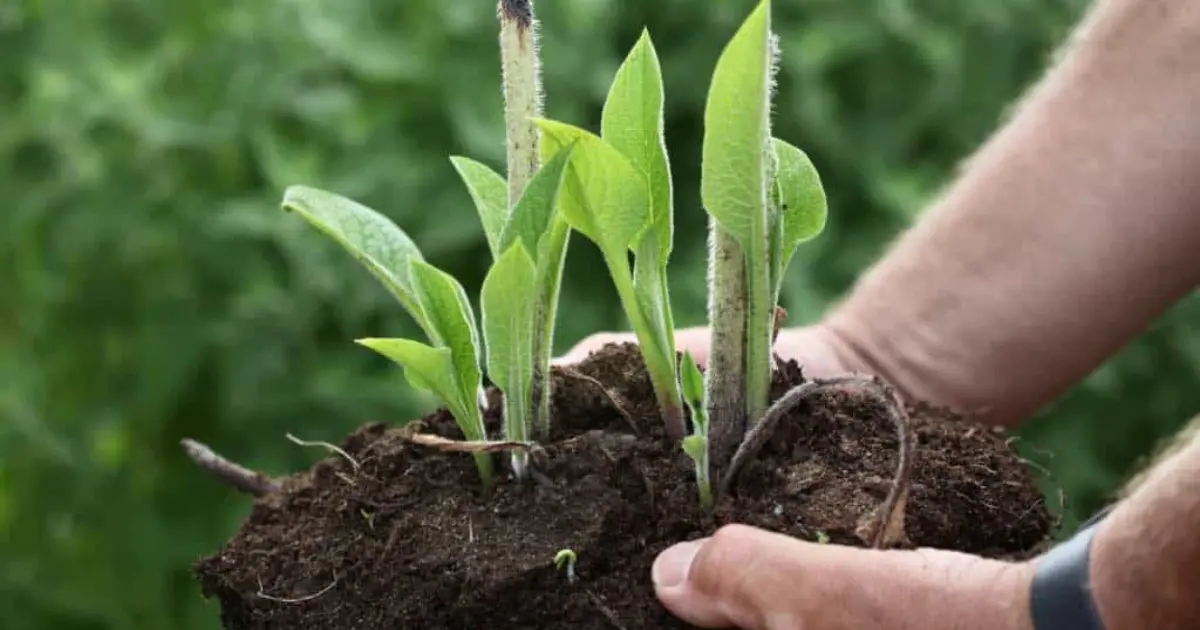
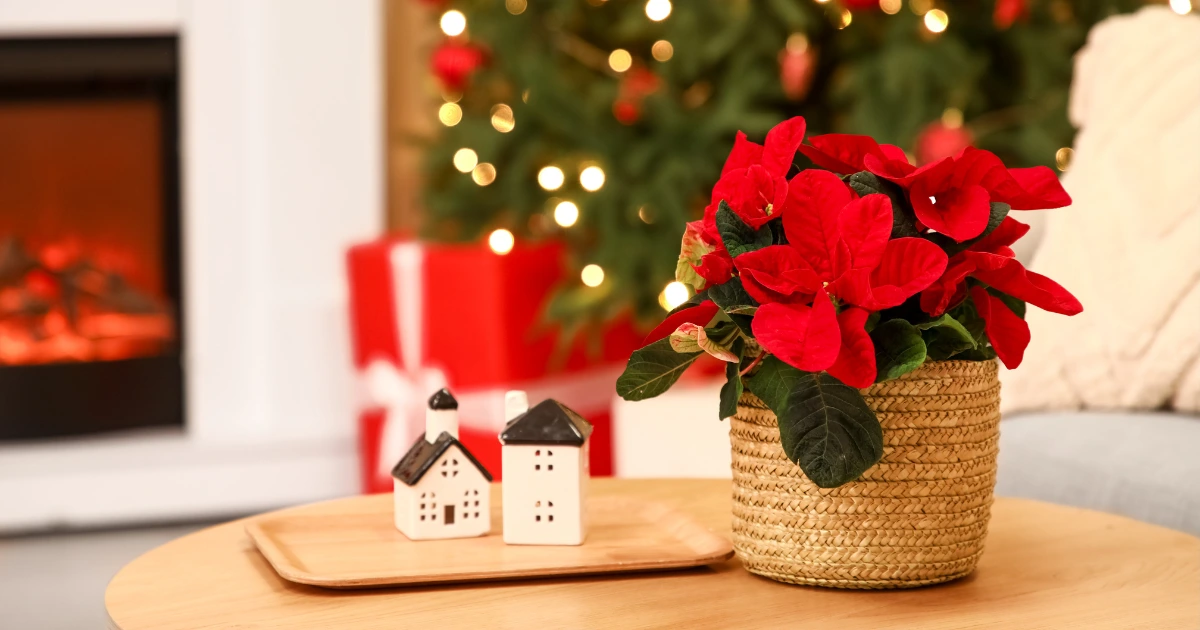



Reviews
There are no reviews yet.